Give Feedback
Give Feedback Option
Hello! Please take a screenshot and email it to educationsimplify@gmail.com.
Email screenshot to: hellofromeducatesimplify@gmail.com
About this course:
This bundle includes:
Price: $20.00
Includes:
IV Therapy & Blood Withdrawal Theory Part 1 (for All Participants)
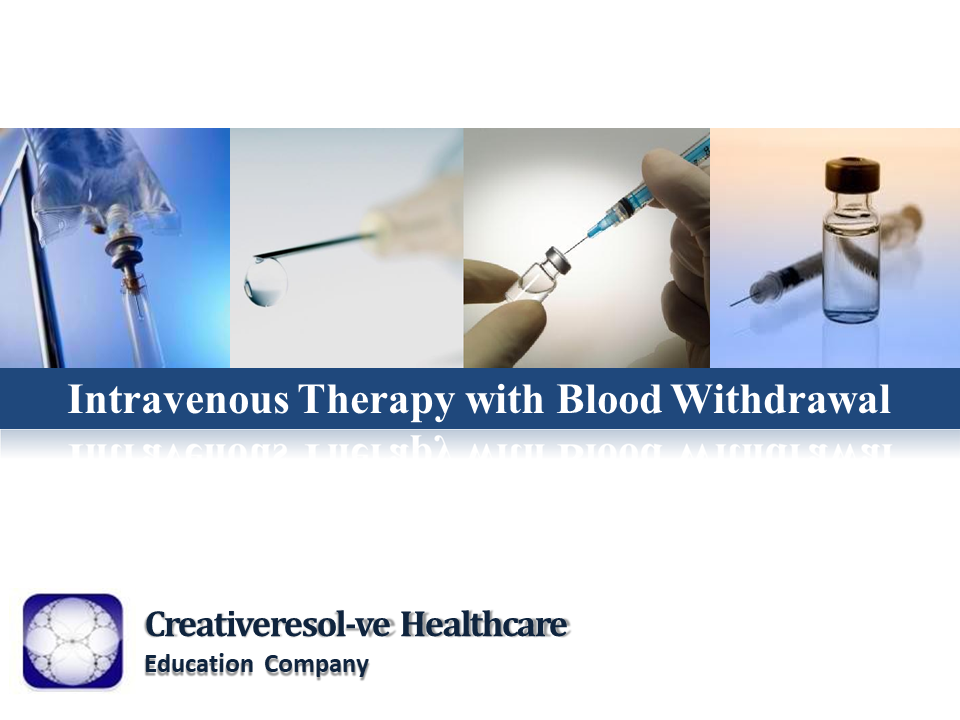
Refresh your IV Insertion Skills with this module. Complete half of your CEU hours @ home and come in for skills. This self-study module is designed as the online theory segment of IV Therapy and Blood Withdrawal of Educate Simplify’s full 3-day course.
For RNs & Rad Techs — feel free to complete this online segment and come into our Los Angeles Training Center for a weekend skills session.
Total CEU hours:RNs = online certificate + skills = 30 hoursRadiology Technologists = online certificate + skills = 24 A+
This course has been certified by or provided by the following Certified Organization/s:American Nurses Credentialing Center (ANCC)34.00 Hours – Reference: ANCC#56-16California Board of Registered Nursing (CBRN)12.00 Hours – Reference: CEP# 15273Florida Board of Nursing12.00 Hours – Exam Pass Rate: 70 -Reference: 20-428685American Registry of Radiologic Technologist, Recognized Continuing Education Evaluation Mechanism (ARRT RCEEM)24.00 Credits – Exam Attempts: 3 – Exam Pass Rate: 75California Board of Vocational Nursing36.00 Hours – Reference: 1B-2497
View More
This course has been certified by or provided by the following Certified Organization/s:
American Nurses Credentialing Center (ANCC)
34.00 Hours – Reference: ANCC#56-16
California Board of Registered Nursing (CBRN)
12.00 Hours – Reference: CEP# 15273
Florida Board of Nursing
12.00 Hours – Exam Pass Rate: 70 -Reference: 20-428685
American Registry of Radiologic Technologist, Recognized Continuing Education Evaluation Mechanism (ARRT RCEEM)
24.00 Credits – Exam Attempts: 3 – Exam Pass Rate: 75
California Board of Vocational Nursing
36.00 Hours – Reference: 1B-2497
Aspects of Conscious Sedation Analgesia
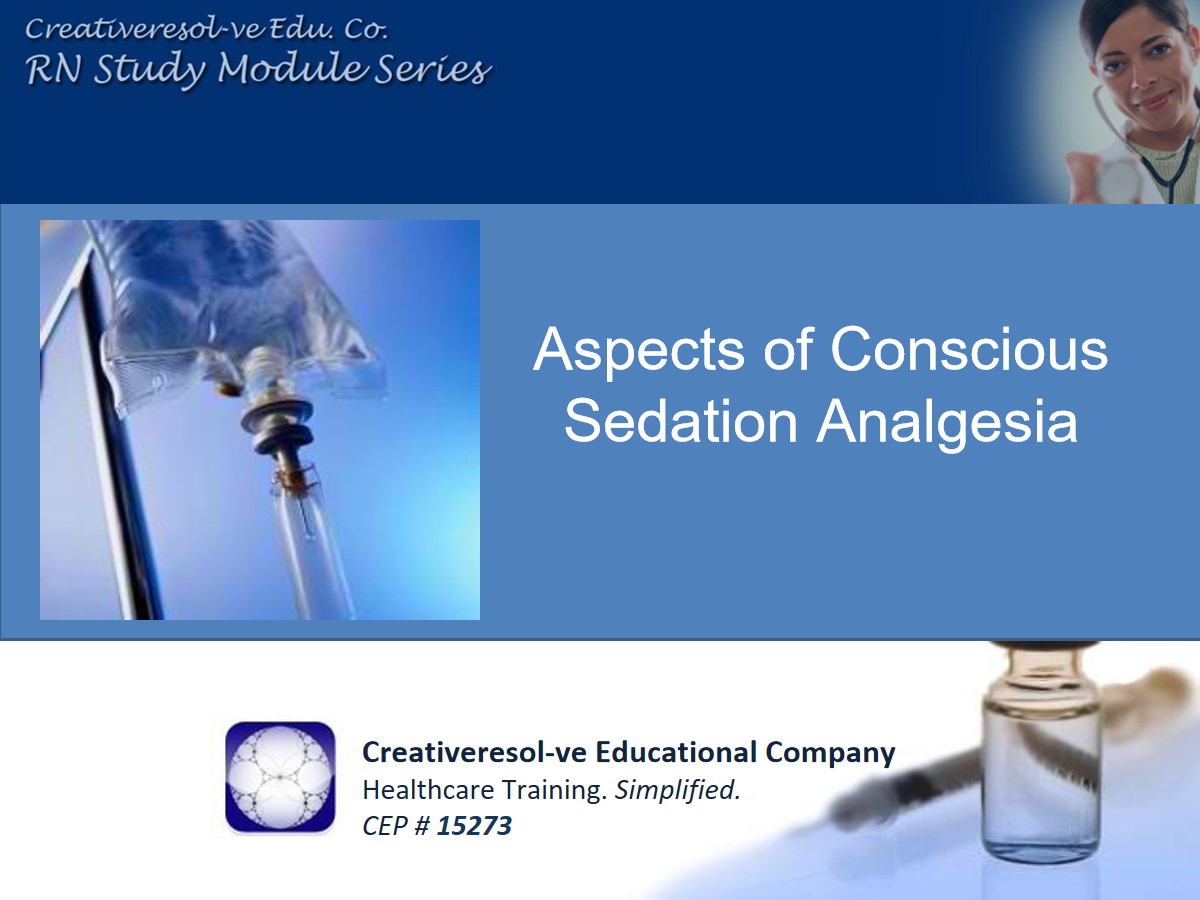
For CEU verification, ALL Health Professionals should create an account first.We apologize for the inconvenience.
Do you want to provide your patients with the benefits of sedation/analgesia while minimizing the associated risks? This online self-study course has been developed to reinforce your understanding, and to promote safe and effective sedation for both adult and pediatric patients.Objectives:
At the completion of this program, the learners will be able to:
1. Recognize indications and contraindications of Sedation Analgesia
2. State appropriate monitoring techniques and requirements for patients experiencing Sedation Analgesia as stated in the hospital’s policy on Sedation Analgesia.
3. State necessity for baseline and frequent assessments of patients experiencing Sedation Analgesia.
4. Identify medications frequently used for Sedation Analgesia, administration guidelines, and po
View More
At the completion of this program, the learners will be able to:
1. Recognize indications and contraindications of Sedation Analgesia
2. State appropriate monitoring techniques and requirements for patients experiencing Sedation Analgesia as stated in the hospital’s policy on Sedation Analgesia.
3. State necessity for baseline and frequent assessments of patients experiencing Sedation Analgesia.
4. Identify medications frequently used for Sedation Analgesia, administration guidelines, and po
Assault Response
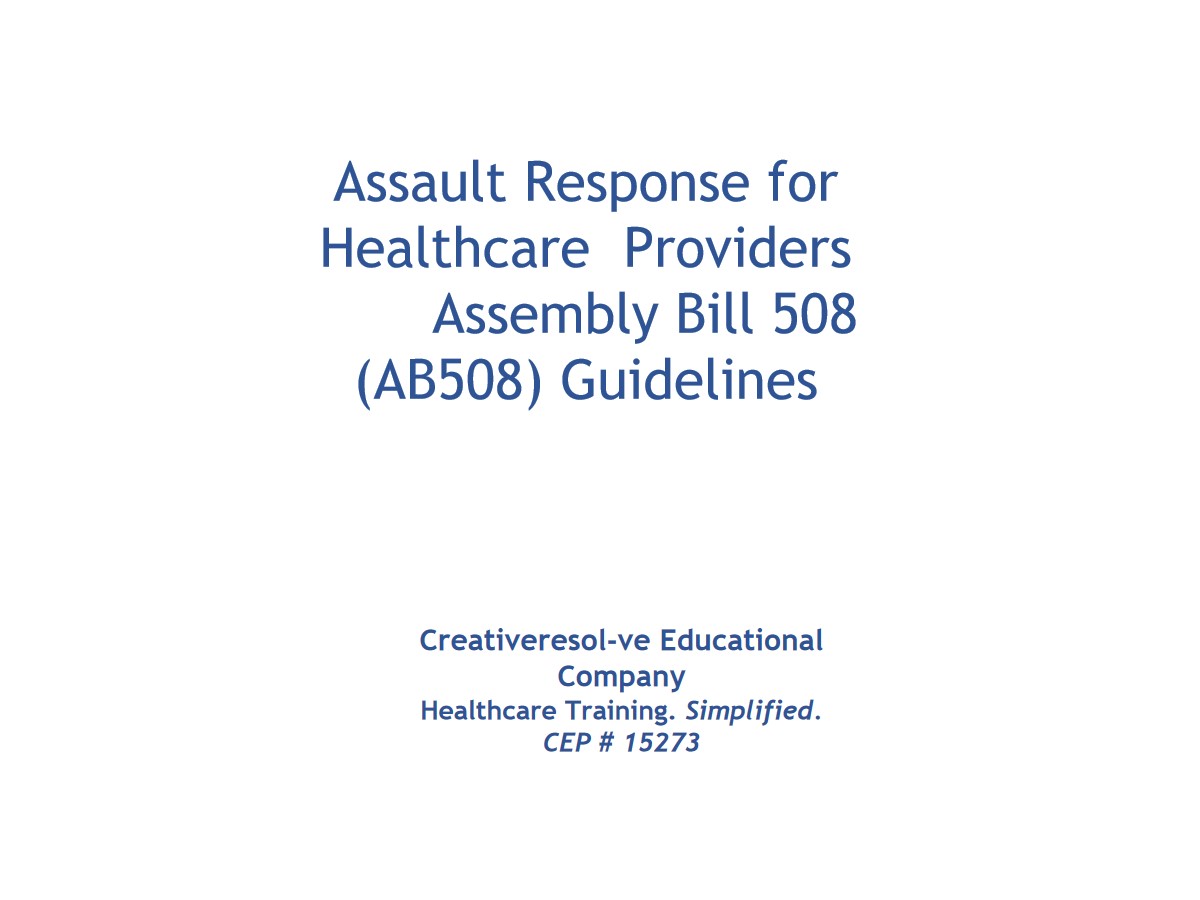
Description
This program is designed for those working, or wish to work in Healthcare Industry.
This course can be taken as either Initial or Renewal Class. Objectives
To acquire the skills essential to crisis negotiation taught by crisis prevention professionals with 20+ years in the field.
View More
Description
This course can be taken as either Initial or Renewal Class.
Objectives
Cardiac Dysrythmia with Therapeutic Modalities
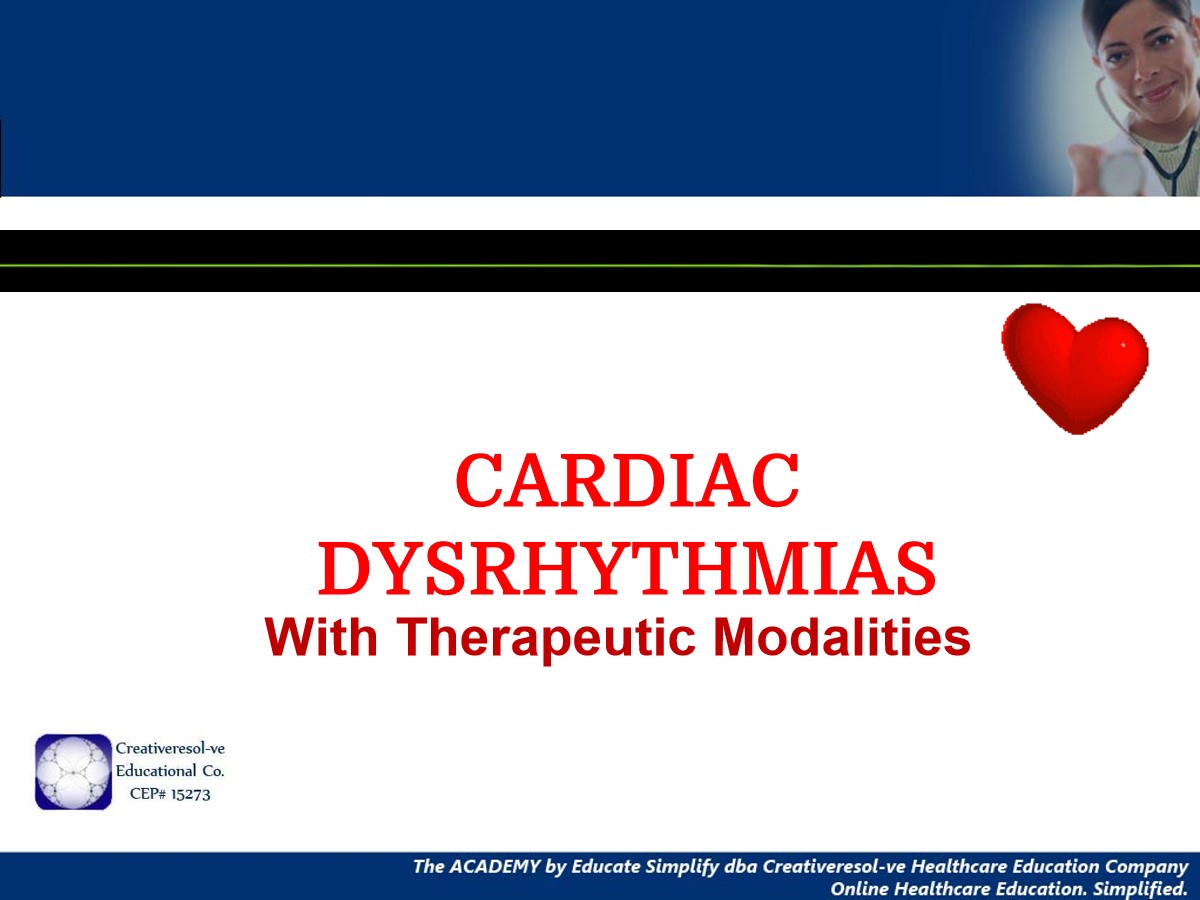
*For CEU verification, ALL Health Professionals should create an account first.We apologize for the inconvenience.Enhance your cardiac monitoring skills by enrolling in this course which provides a thorough approach to cardiac dysrhythmia and its treatment modalities, detailed understanding of cardiovascular anatomy and physiology as well of accurate electrode placing.Objectives
This online course/class is for RNs, LVNs, CNAs, and RTs.
At the end of the course, the participants will:
1. Describe the structure and function of the heart.
2. Describe the electrical conduction system of the heart.
3. Identify hemodynamic consequences of various rhythms.
4. State normal criteria for ECG measurements.
5. Identify the criteria for sinus, atrial, junctional, heart blocks and ventricular rhythms.
6. Given rhythm strip examples identify the name of the rhythm.
View More
*For CEU verification, ALL Health Professionals should create an account first.We apologize for the inconvenience.
Enhance your cardiac monitoring skills by enrolling in this course which provides a thorough approach to cardiac dysrhythmia and its treatment modalities, detailed understanding of cardiovascular anatomy and physiology as well of accurate electrode placing.
Objectives
This online course/class is for RNs, LVNs, CNAs, and RTs.
At the end of the course, the participants will:
1. Describe the structure and function of the heart.
2. Describe the electrical conduction system of the heart.
3. Identify hemodynamic consequences of various rhythms.
4. State normal criteria for ECG measurements.
5. Identify the criteria for sinus, atrial, junctional, heart blocks and ventricular rhythms.
6. Given rhythm strip examples identify the name of the rhythm.
This online course/class is for RNs, LVNs, CNAs, and RTs.
At the end of the course, the participants will:
1. Describe the structure and function of the heart.
2. Describe the electrical conduction system of the heart.
3. Identify hemodynamic consequences of various rhythms.
4. State normal criteria for ECG measurements.
5. Identify the criteria for sinus, atrial, junctional, heart blocks and ventricular rhythms.
6. Given rhythm strip examples identify the name of the rhythm.
Dealing with Stress and End of Life Care
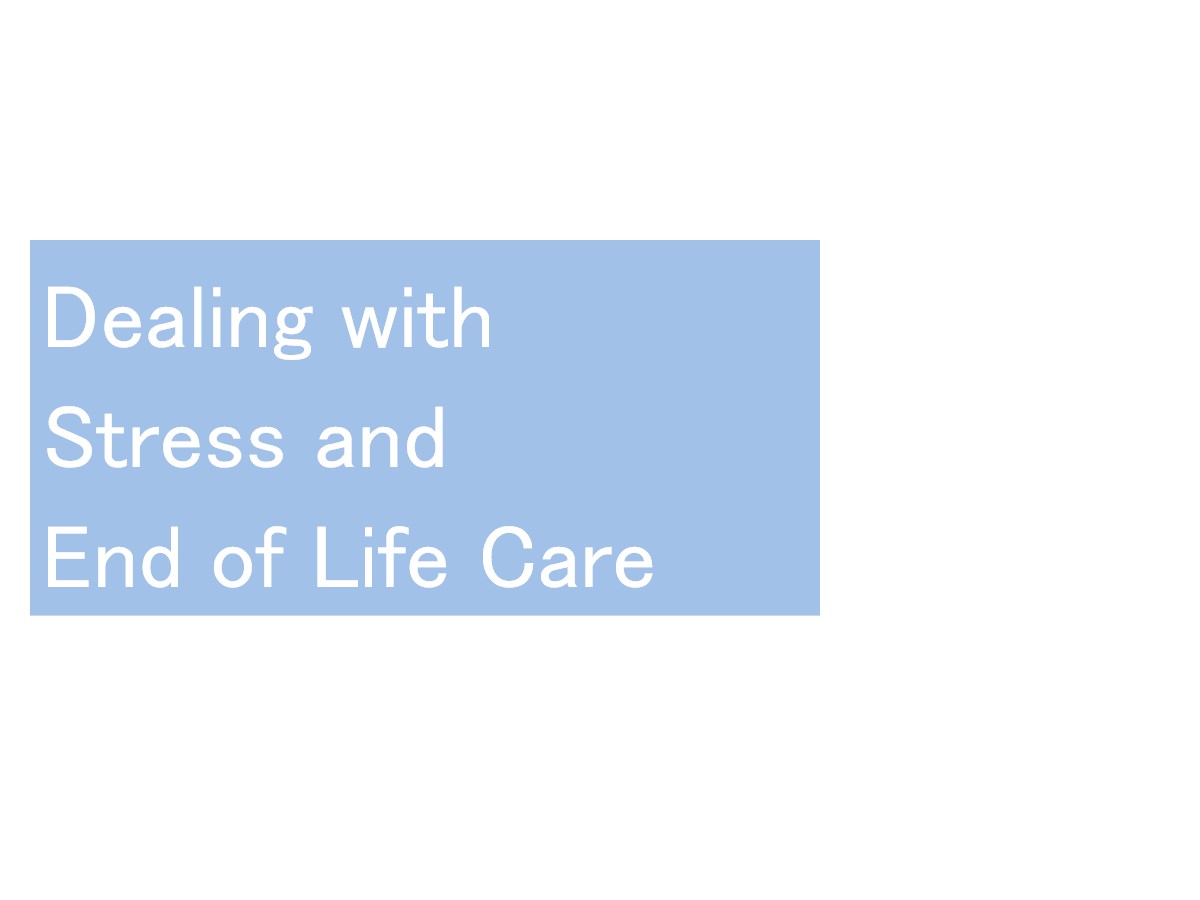
*For CEU verification, ALL Health Professionals should create an account first.We apologize for the inconvenience.Looking for a course that will make you better at helping your patient and their family cope with stress? How about providing the best end of life care? This self-study module emphasizes on the understanding of stress during end of life and its impact to the patients and their families as well as finding coping strategies for end of life care and means manage it in a positive way.OBJECTIVES
When the student has finished Dealing with Stress and End of Life Care module, he/she will be able to:
1. Learn and apply the principles of caring for dying residents and their family members;
2. Identify and recognize common attitudes and belief about death and dying;
3. Know how to assist in care of dying residents and their family members considering cultural and spiritual beliefs.
View More
*For CEU verification, ALL Health Professionals should create an account first.We apologize for the inconvenience.
Looking for a course that will make you better at helping your patient and their family cope with stress? How about providing the best end of life care? This self-study module emphasizes on the understanding of stress during end of life and its impact to the patients and their families as well as finding coping strategies for end of life care and means manage it in a positive way.
OBJECTIVES
When the student has finished Dealing with Stress and End of Life Care module, he/she will be able to:
1. Learn and apply the principles of caring for dying residents and their family members;
2. Identify and recognize common attitudes and belief about death and dying;
3. Know how to assist in care of dying residents and their family members considering cultural and spiritual beliefs.
When the student has finished Dealing with Stress and End of Life Care module, he/she will be able to:
1. Learn and apply the principles of caring for dying residents and their family members;
2. Identify and recognize common attitudes and belief about death and dying;
3. Know how to assist in care of dying residents and their family members considering cultural and spiritual beliefs.
Dementia and Alzheimer’s Disease
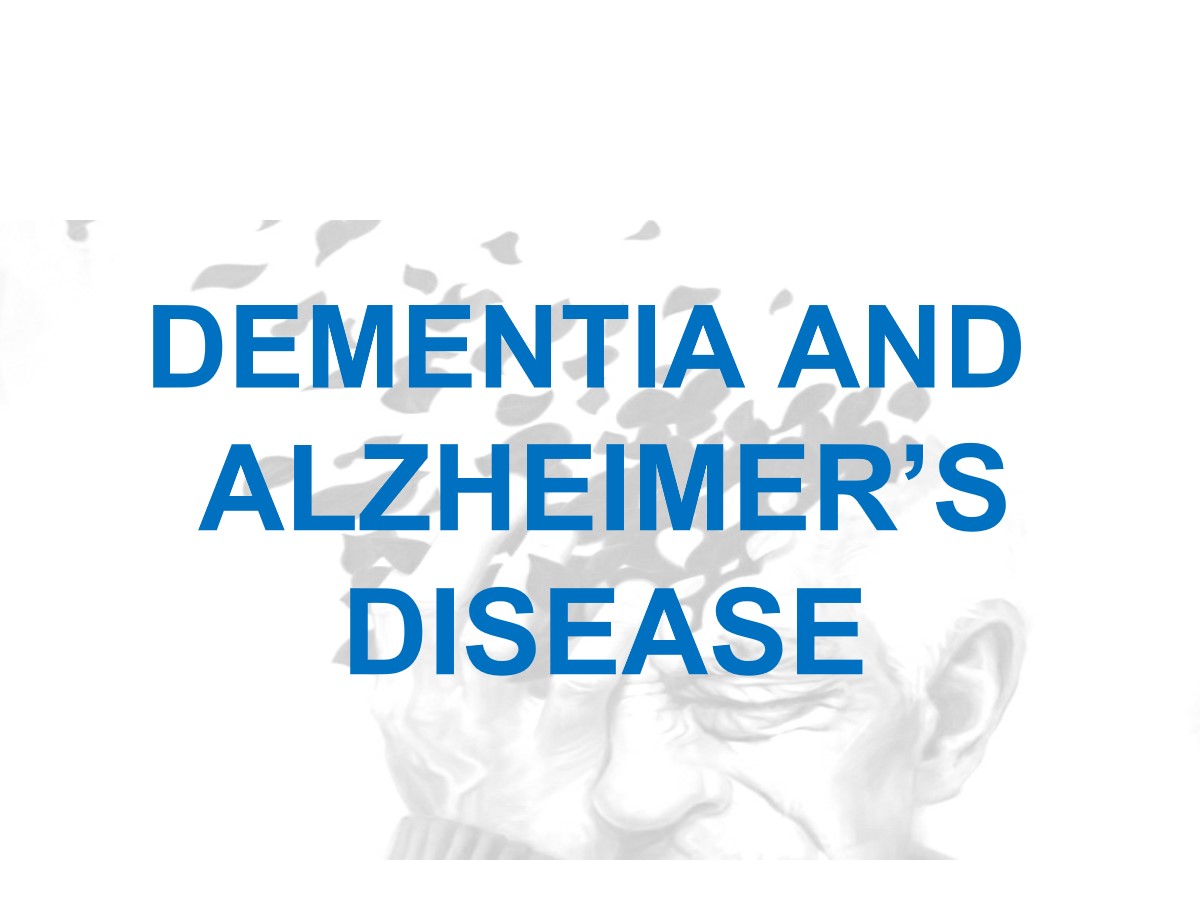
For CEU verification, ALL Health Professionals should create an account first.We apologize for the inconvenience.Objectives:
When the student has finished the Dementia and Alzheimer’s module, he/she will be able:1. To identify the interrelationship of the terms Dementia and Alzheimer’s
2. To enumerate and understand the probable and theorized causes of Dementia
3. To identify the top medications used, indications, usage and common side effects enabling them to identify the specific nursing interventions
4. To define what is incontinence, it’s association with Dementia , the types and the nursing interventions intended
5. To identify and describe the syndromes linked to Dementia
6. To define Sundown Syndrome, familiarize the symptoms, causes and the treatments available
View More
For CEU verification, ALL Health Professionals should create an account first.We apologize for the inconvenience.
Objectives:
When the student has finished the Dementia and Alzheimer’s module, he/she will be able:
When the student has finished the Dementia and Alzheimer’s module, he/she will be able:
1. To identify the interrelationship of the terms Dementia and Alzheimer’s
2. To enumerate and understand the probable and theorized causes of Dementia
3. To identify the top medications used, indications, usage and common side effects enabling them to identify the specific nursing interventions
4. To define what is incontinence, it’s association with Dementia , the types and the nursing interventions intended
5. To identify and describe the syndromes linked to Dementia
6. To define Sundown Syndrome, familiarize the symptoms, causes and the treatments available
2. To enumerate and understand the probable and theorized causes of Dementia
3. To identify the top medications used, indications, usage and common side effects enabling them to identify the specific nursing interventions
4. To define what is incontinence, it’s association with Dementia , the types and the nursing interventions intended
5. To identify and describe the syndromes linked to Dementia
6. To define Sundown Syndrome, familiarize the symptoms, causes and the treatments available
Diabetes and Hypoglycemia
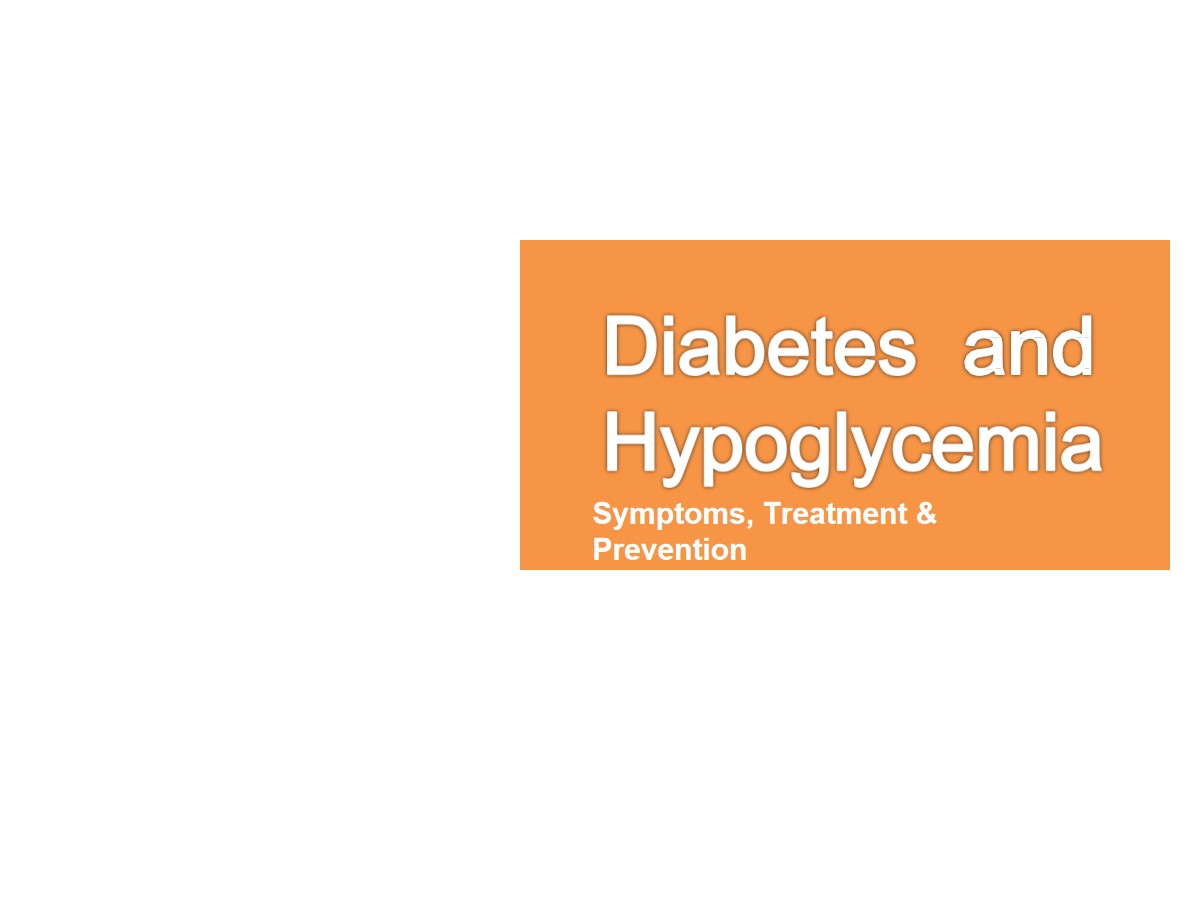
For CEU verification, ALL Health Professionals should create an account first.We apologize for the inconvenience.About 798,000 people are diagnosed with diabetes annually. This means the probability of healthcare professional taking care of a diabetic patient is very high. Understanding the illness helps you provide the best and appropriate care for your patients. This course includes in –depth knowledge on the mechanism of diabetes and hypoglycemia, identifies the signs and symptoms of each, and explores management including the medical interventions use.Objectives
This thorough self-study module with instant certificate generation will explore and present diabetes’ systemic impact.When the student has finished the Diabetes and Hypoglycemia , he/she will be able to:
1. Differentiate different types of diabetes.
2. Describe the pathophysiology of diabetes.
3. Describe diagnostic criteria and procedures for diabetes.
4. Identify treatments for diabetes.
5. Describe complications of diabetes.
6. Discuss aspects of hypoglycemia
View More
For CEU verification, ALL Health Professionals should create an account first.We apologize for the inconvenience.
About 798,000 people are diagnosed with diabetes annually. This means the probability of healthcare professional taking care of a diabetic patient is very high. Understanding the illness helps you provide the best and appropriate care for your patients. This course includes in –depth knowledge on the mechanism of diabetes and hypoglycemia, identifies the signs and symptoms of each, and explores management including the medical interventions use.
Objectives
This thorough self-study module with instant certificate generation will explore and present diabetes’ systemic impact.
This thorough self-study module with instant certificate generation will explore and present diabetes’ systemic impact.
When the student has finished the Diabetes and Hypoglycemia , he/she will be able to:
1. Differentiate different types of diabetes.
2. Describe the pathophysiology of diabetes.
3. Describe diagnostic criteria and procedures for diabetes.
4. Identify treatments for diabetes.
5. Describe complications of diabetes.
6. Discuss aspects of hypoglycemia
1. Differentiate different types of diabetes.
2. Describe the pathophysiology of diabetes.
3. Describe diagnostic criteria and procedures for diabetes.
4. Identify treatments for diabetes.
5. Describe complications of diabetes.
6. Discuss aspects of hypoglycemia
Domestic Violence
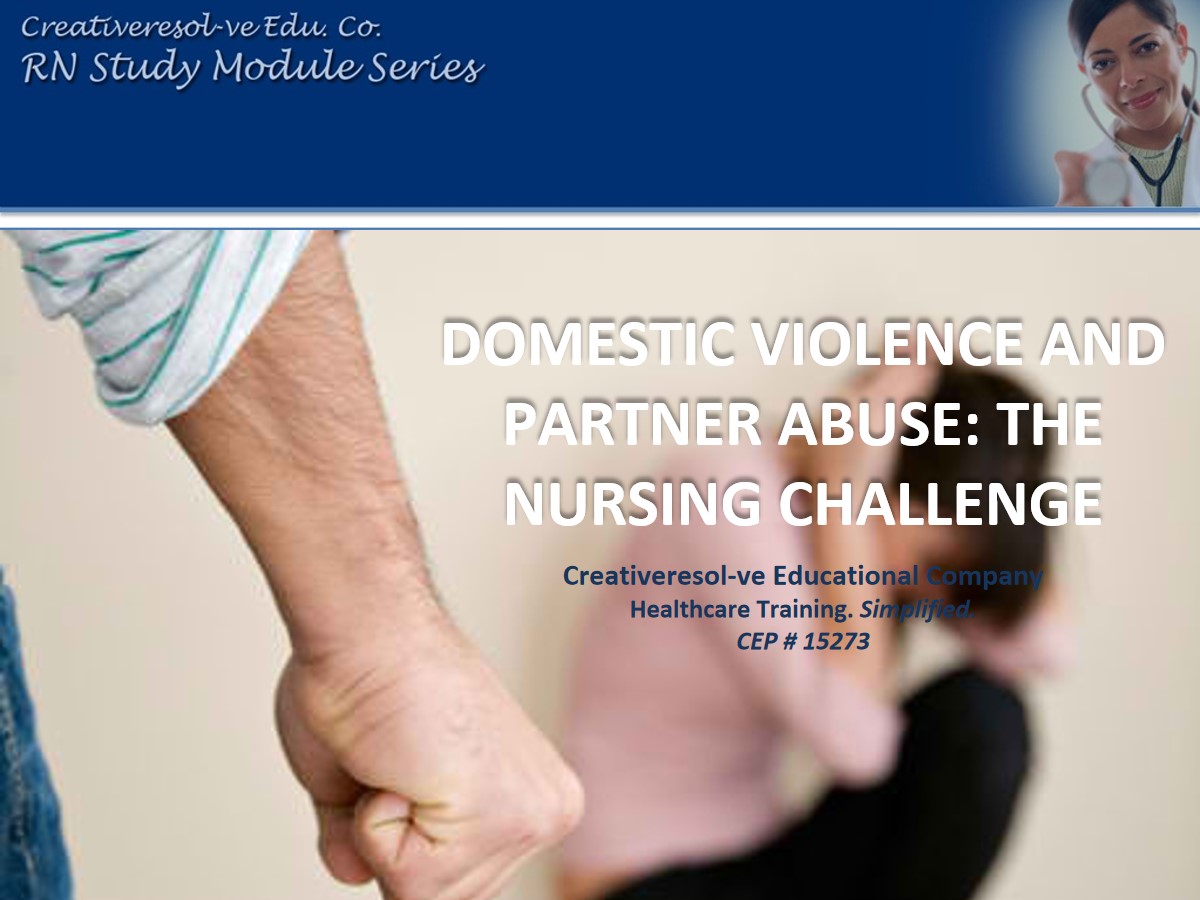
For CEU verification, ALL Health Professionals should create an account first.We apologize for the inconvenience.Are you having problems on how to approach your patients that suffered from domestic violence? This course is right for you. This module explores the fundamentals of domestic violence including effective approaches to victims and their families.Objectives
This online course/class for RN, LVN, RT and CNA will help you understand the dynamics of domestic violence, the effects on adult and child victims, lethal and risk issues, legal remedies for protection, community resources and victim services, reporting requirements, and model protocols for addressing domestic violence.
At the completion of this program, the learners will:
1. Describe the cycle of domestic violence and why some victims stay in abusive relationships.
2. List three physical signs and symptoms of abuse.
3. Identify the most effective techniques for conducting a domestic violence interview.4. State three safety plan instructions for the victim.
5. Identify interventions and resources to provide to victims of domestic violence.
6. Explain three appropriate clinical interventions for the victim of abuse.
7. Complete exam components at a 70% competency.
View More
For CEU verification, ALL Health Professionals should create an account first.We apologize for the inconvenience.
Are you having problems on how to approach your patients that suffered from domestic violence? This course is right for you. This module explores the fundamentals of domestic violence including effective approaches to victims and their families.
Objectives
This online course/class for RN, LVN, RT and CNA will help you understand the dynamics of domestic violence, the effects on adult and child victims, lethal and risk issues, legal remedies for protection, community resources and victim services, reporting requirements, and model protocols for addressing domestic violence.
At the completion of this program, the learners will:
1. Describe the cycle of domestic violence and why some victims stay in abusive relationships.
2. List three physical signs and symptoms of abuse.
3. Identify the most effective techniques for conducting a domestic violence interview.4. State three safety plan instructions for the victim.
5. Identify interventions and resources to provide to victims of domestic violence.
6. Explain three appropriate clinical interventions for the victim of abuse.
7. Complete exam components at a 70% competency.
This online course/class for RN, LVN, RT and CNA will help you understand the dynamics of domestic violence, the effects on adult and child victims, lethal and risk issues, legal remedies for protection, community resources and victim services, reporting requirements, and model protocols for addressing domestic violence.
At the completion of this program, the learners will:
1. Describe the cycle of domestic violence and why some victims stay in abusive relationships.
2. List three physical signs and symptoms of abuse.
3. Identify the most effective techniques for conducting a domestic violence interview.4. State three safety plan instructions for the victim.
5. Identify interventions and resources to provide to victims of domestic violence.
6. Explain three appropriate clinical interventions for the victim of abuse.
7. Complete exam components at a 70% competency.
Emergency Treatment: Assessment and Care for the Elderly
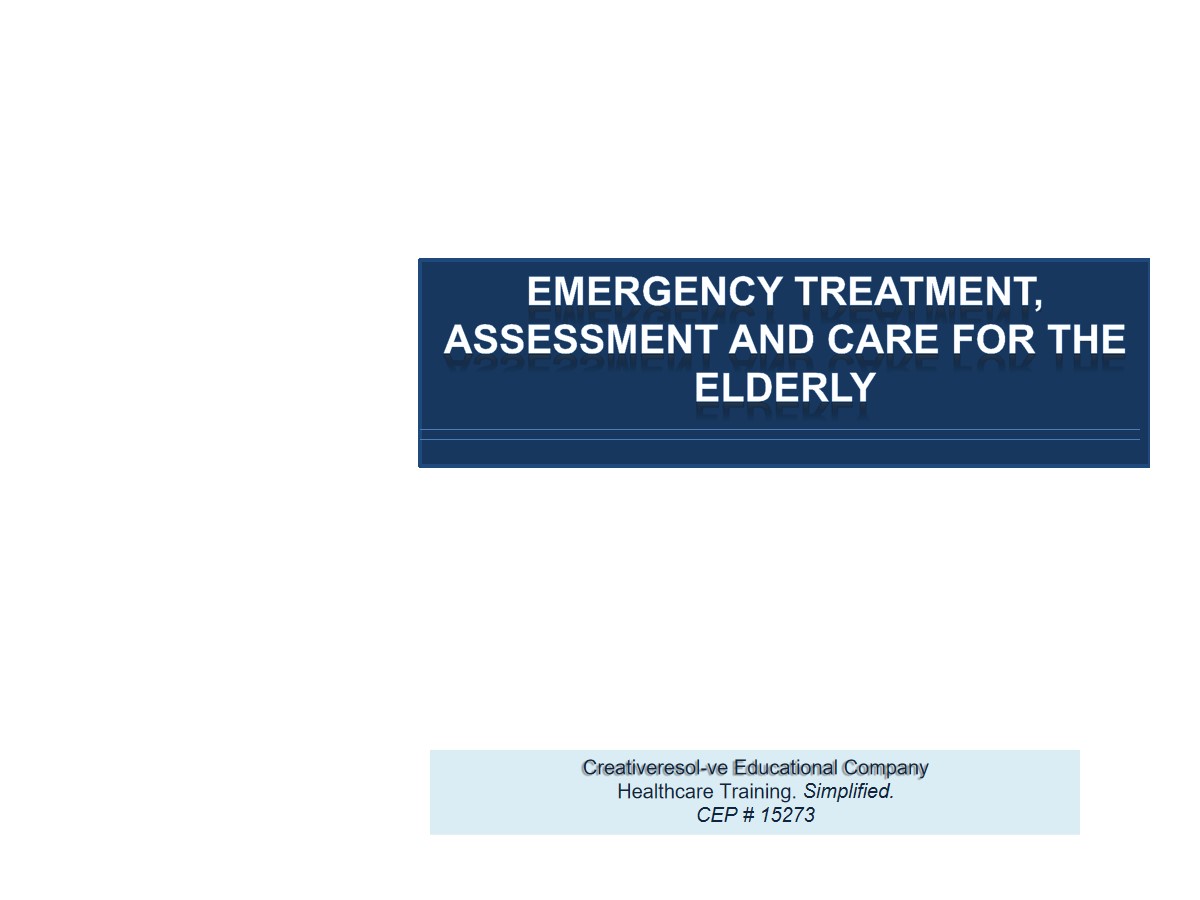
For CEU verification, ALL Health Professionals should create an account first.We apologize for the inconvenience.This carefully designed module gives you some perspectives on aging. The outline format serves as a practical guide in identifying elderly emergencies with information and management given within each category. We hope this information is helpful and will provide a mechanism to deliver better patient care.Objectives
At the end of this course, student will be able to:
1. Identify various theories of aging: Describe ways to help the elderly adjust for visual deficits. Describe ways to help the elderly adjust for hearing deficits.
2. Identify changes with the elderly in the following: Senses, reproductive system, sexual activity, skin, endocrine system, infection and the immune system, cardiovascular system, respiratory system, sleep patterns, and cognition.
3. Identify emergency treatment, assessment and care.
View More
For CEU verification, ALL Health Professionals should create an account first.We apologize for the inconvenience.
This carefully designed module gives you some perspectives on aging. The outline format serves as a practical guide in identifying elderly emergencies with information and management given within each category. We hope this information is helpful and will provide a mechanism to deliver better patient care.
Objectives
At the end of this course, student will be able to:
1. Identify various theories of aging: Describe ways to help the elderly adjust for visual deficits. Describe ways to help the elderly adjust for hearing deficits.
2. Identify changes with the elderly in the following: Senses, reproductive system, sexual activity, skin, endocrine system, infection and the immune system, cardiovascular system, respiratory system, sleep patterns, and cognition.
3. Identify emergency treatment, assessment and care.
At the end of this course, student will be able to:
1. Identify various theories of aging: Describe ways to help the elderly adjust for visual deficits. Describe ways to help the elderly adjust for hearing deficits.
2. Identify changes with the elderly in the following: Senses, reproductive system, sexual activity, skin, endocrine system, infection and the immune system, cardiovascular system, respiratory system, sleep patterns, and cognition.
3. Identify emergency treatment, assessment and care.
eInhalant Abuse
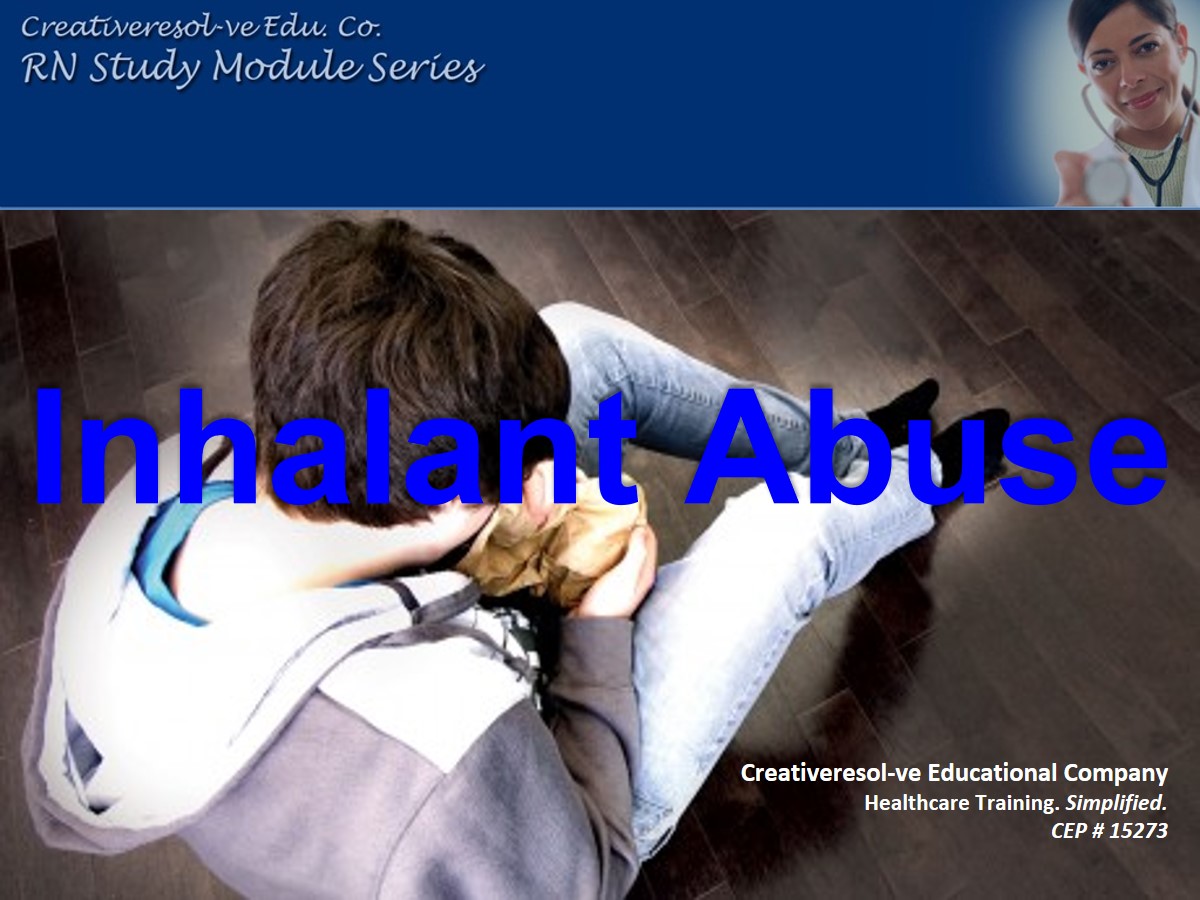
For CEU verification, ALL Health Professionals should create an account first.We apologize for the inconvenience.Inhalants tend to be the first agent used by children to get high which could lead to addiction if not recognized early. This course provides investigative strategies to identify signs of inhalant abuse and how to care for the addicted patients.Objectives
By the end of this course, participants will be able to
1. Define inhalants
2. Identify classes and examples of inhalants
3. Obtain knowledge regarding general care for the patient addicted to inhalants
View More
For CEU verification, ALL Health Professionals should create an account first.We apologize for the inconvenience.
Inhalants tend to be the first agent used by children to get high which could lead to addiction if not recognized early. This course provides investigative strategies to identify signs of inhalant abuse and how to care for the addicted patients.
Objectives
By the end of this course, participants will be able to
1. Define inhalants
2. Identify classes and examples of inhalants
3. Obtain knowledge regarding general care for the patient addicted to inhalants
By the end of this course, participants will be able to
1. Define inhalants
2. Identify classes and examples of inhalants
3. Obtain knowledge regarding general care for the patient addicted to inhalants
Ostomy Care
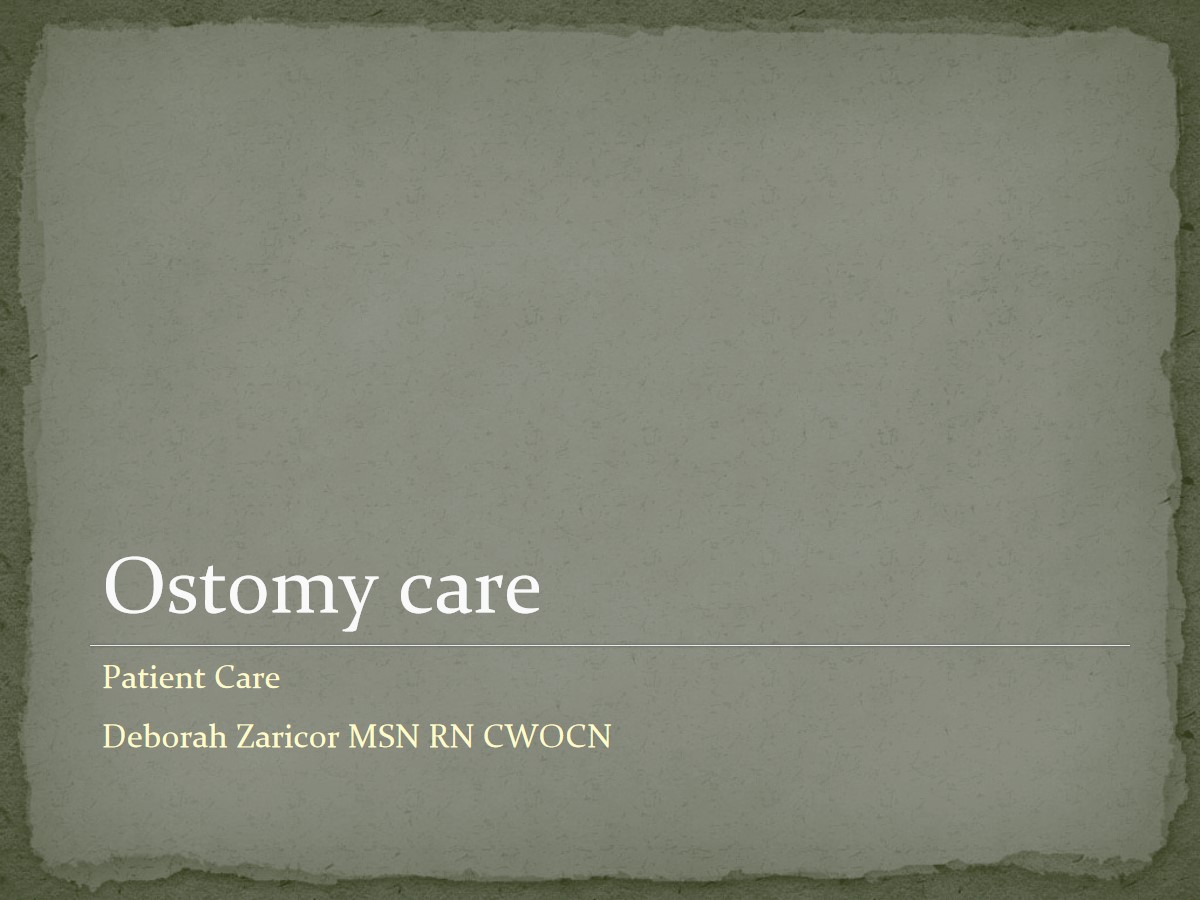
DefinitionOstomy surgery is the construction of an opening in the intestinal or urinary tract for the purpose of removing waste materials from the body.PrevalenceMore than 500,000 people in the U.S. have had ostomy surgery.Nearly 100,000 more face it each year.CausesCancer of the colon, bladder, or rectum.Inflammatory bowel disease (IBD), such as Crohn’s disease and ulcerative colitis.Urinary tract infections.Inherited conditions, such as familial adenomatous polyposis.Birth defects.Stab and gunshot wounds.
View More
Definition
Ostomy surgery is the construction of an opening in the intestinal or urinary tract for the purpose of removing waste materials from the body.
Prevalence
More than 500,000 people in the U.S. have had ostomy surgery.
Nearly 100,000 more face it each year.
Causes
Cancer of the colon, bladder, or rectum.
Inflammatory bowel disease (IBD), such as Crohn’s disease and ulcerative colitis.
Urinary tract infections.
Inherited conditions, such as familial adenomatous polyposis.
Birth defects.
Stab and gunshot wounds.
Pressure Ulcer Care
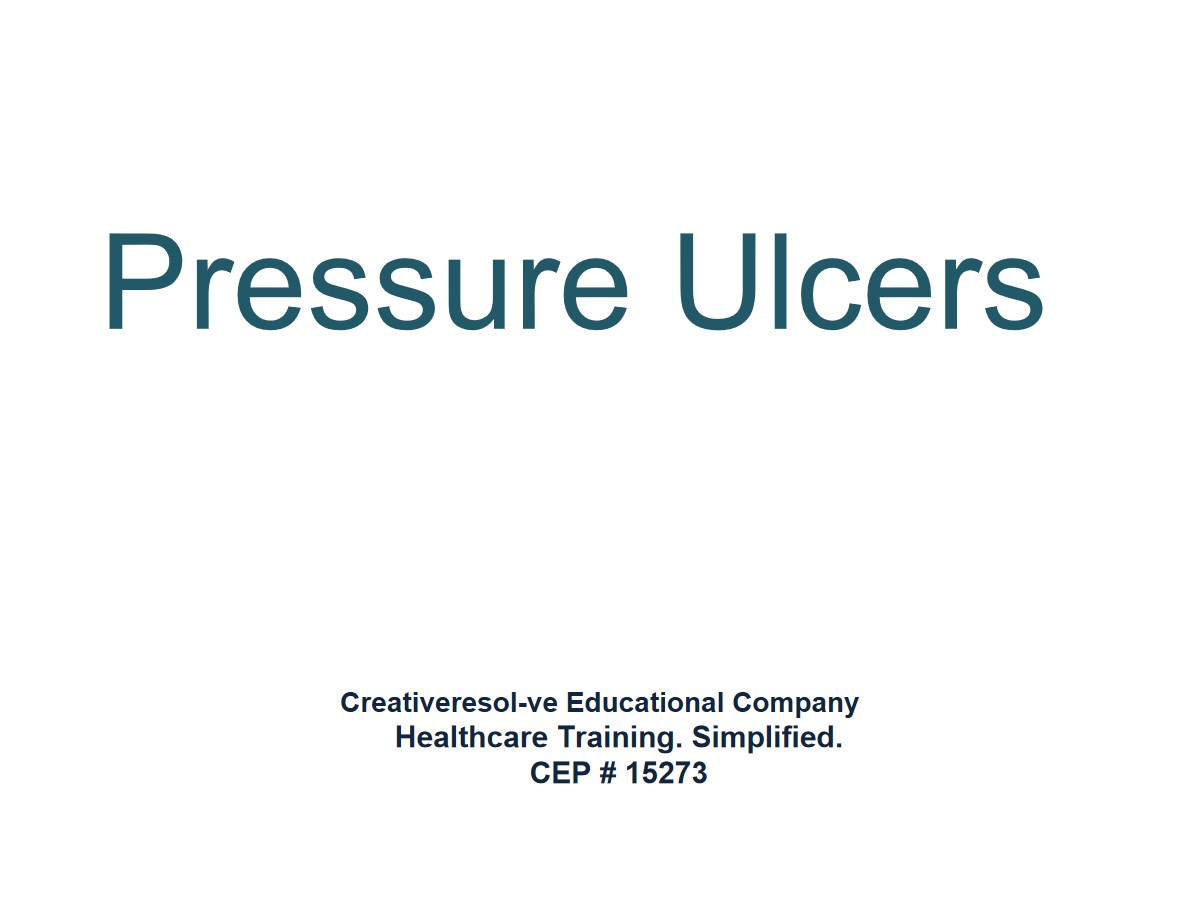
*For CEU verification, ALL Health Professionals should create an account first.We apologize for the inconvenience.Being Vigilant is a critical skill required when you’re taking care of patients with or at risk for pressure ulcers. And if you are looking for ways on how to deal with pressure ulcers, this course will expand your knowledge on assessing and detecting pressure ulcers risks and formation for better patient care.Objectives
Pressure Ulcer
When the student has finished the Pressure Ulcer module, he/she will be able to:
1. Correctly identify a definition of pressure ulcer.
2. Correctly identify the basic cause of pressure ulcers.
3. Identify three specific causes that contribute to the development of pressure ulcers.
4. Correctly identify three factors that increase the risk of developing pressure ulcers.
5. Identify a specific medical condition that increases the risk of developing pressure ulce
View More
*For CEU verification, ALL Health Professionals should create an account first.We apologize for the inconvenience.
Being Vigilant is a critical skill required when you’re taking care of patients with or at risk for pressure ulcers. And if you are looking for ways on how to deal with pressure ulcers, this course will expand your knowledge on assessing and detecting pressure ulcers risks and formation for better patient care.
Objectives
Pressure Ulcer
When the student has finished the Pressure Ulcer module, he/she will be able to:
1. Correctly identify a definition of pressure ulcer.
2. Correctly identify the basic cause of pressure ulcers.
3. Identify three specific causes that contribute to the development of pressure ulcers.
4. Correctly identify three factors that increase the risk of developing pressure ulcers.
5. Identify a specific medical condition that increases the risk of developing pressure ulce
Pressure Ulcer
When the student has finished the Pressure Ulcer module, he/she will be able to:
1. Correctly identify a definition of pressure ulcer.
2. Correctly identify the basic cause of pressure ulcers.
3. Identify three specific causes that contribute to the development of pressure ulcers.
4. Correctly identify three factors that increase the risk of developing pressure ulcers.
5. Identify a specific medical condition that increases the risk of developing pressure ulce
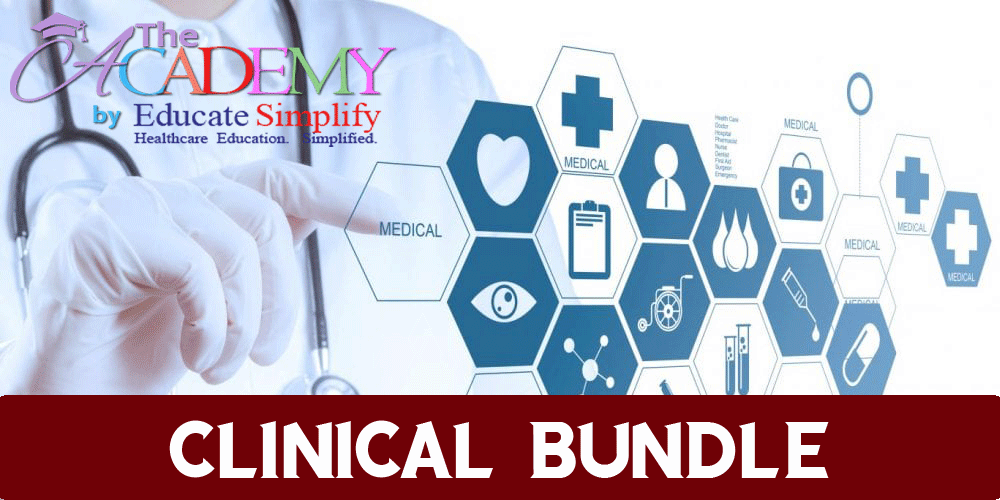
Additional Information
-
Bundle Course
-
20.00
-
0.00 hours
-
No Certificate issued upon course completion
Payment Method Available
-
Stripe
-
PayPal

